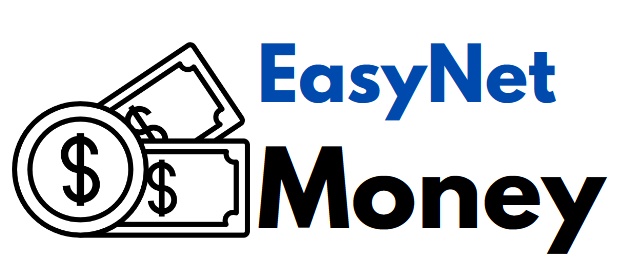Although a revolution has been made in our communication since the introduction of social media apps such as Twitter, Facebook, YouTube, and others utilizing web 2.0 however presently, they are gradually becoming outdated for being unable to fulfill the changing requirements. Therefore, there is a need for a platform that can provide the users with their demanded facilities conveniently.
The requirements or the deficiencies in web 2.0
The foremost need is transparency as well as the sensible controlling of critical information because people are becoming more anxious about the security of their data. The second most significant thing is creators’ rewards which says that social media applications utilizing web 2.0 are not much assistive in providing monetization schemes due to the limitations implemented by the platform as if a video on YouTube, for example, has 20 subscribers, it will not be monetized for there is an enactment of restrictions on it by the platform.
Another chief aspect is the ethical information which asks whether it is justified for the networks to kick out the people who propose a controversial viewpoint, let’s suppose Donald Trump. Following this type of attitude, these institutions form public opinions according to their desire.
The above-made discussion certainly clarifies that transparency, fair dealing, and openness are better provided by the decentralized networks which use web 3.0, and the social media of the future is likely to be run by them.
A revolution or a transformation
A lot of things regarding web 3.0 are usual. The key changes which this newly emerging technology will bring include the inability of the users to alter the functionality of the firm behind a social media platform because the platform will not be controlled centrally. It means that, unlike centralized systems where the customers are needed to provide login passwords for accessing the database, the consumers will rather pick private keys. These are the two instances of the modifications incorporated by web 3.0.
Social media users make thousands and millions per second clicks. Each like, post, repost, or even creator tip counts for one microtransaction, which is worthwhile to be kept in mind at the time of thinking and describing the prestige of scalability to be provided by the social networks of future running on the system of web 3.0.

